How to Leach Copper Scrap

The starters, generators, and alternators recovered in scrapping up to 7 million junk automobiles annually are a significant source of recyclable copper. At present, the copper is recovered by leaching procedures or by dismantling the devices. As part of a broad research program on recycling the metals in junk automobiles, the Bureau of Mines has […]
Chloride to Volatilize Gold

The Bureau of Mines has conducted extensive research to improve the extractive technology of gold and develop processes which may be applicable to refractory ores. Some metallurgists believe that the recovery of metallic values from ores and concentrates by vapor-transport techniques has great potential in the field of extractive metallurgy. The purpose of this phase […]
How to Separate Columbium, Tantalum, Titanium and Zirconium

Waste products from the chlorination of rutile present a serious disposal problem because of the toxicity of some of the metallic ions when waste residues are dissolved in water and HCl gas is released into the atmosphere. Previous work showed that the water-soluble portion of the chlorination waste contained chloride and chloride-oxide complexes of Cb, […]
Hydrochloric Acid Leaching Trisodium Phosphate, Zinc
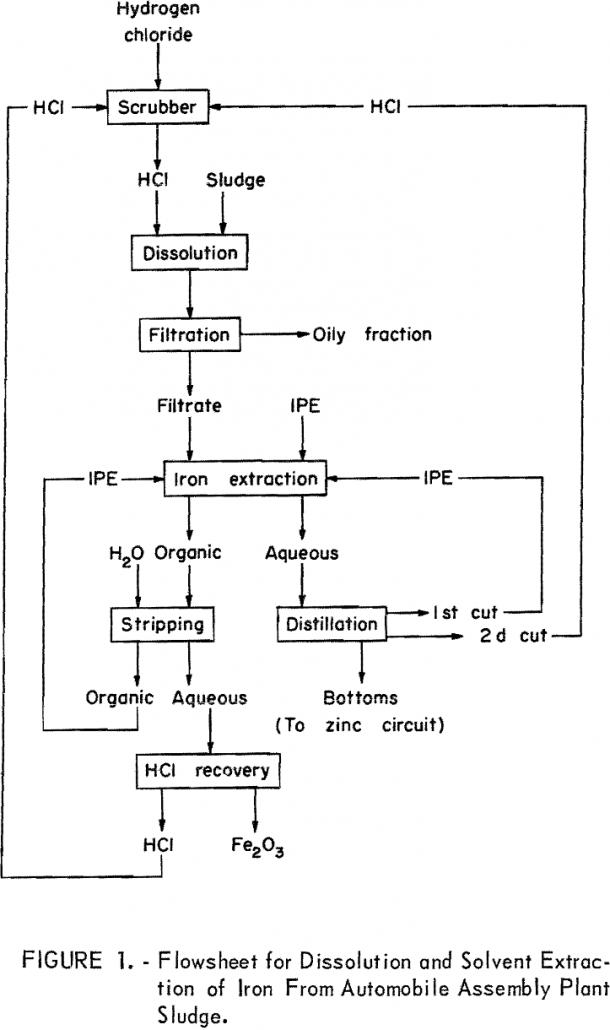
As part of its solid-waste research, the Bureau of Mines is engaged in a broad program to develop low-cost processes for recovering and recycling metals and minerals from a variety of industrial wastes. One benefit is the alleviation of pollution associated with many of these wastes. The phosphate coating of metals is widely used in […]
Extraction of Manganese by Leaching
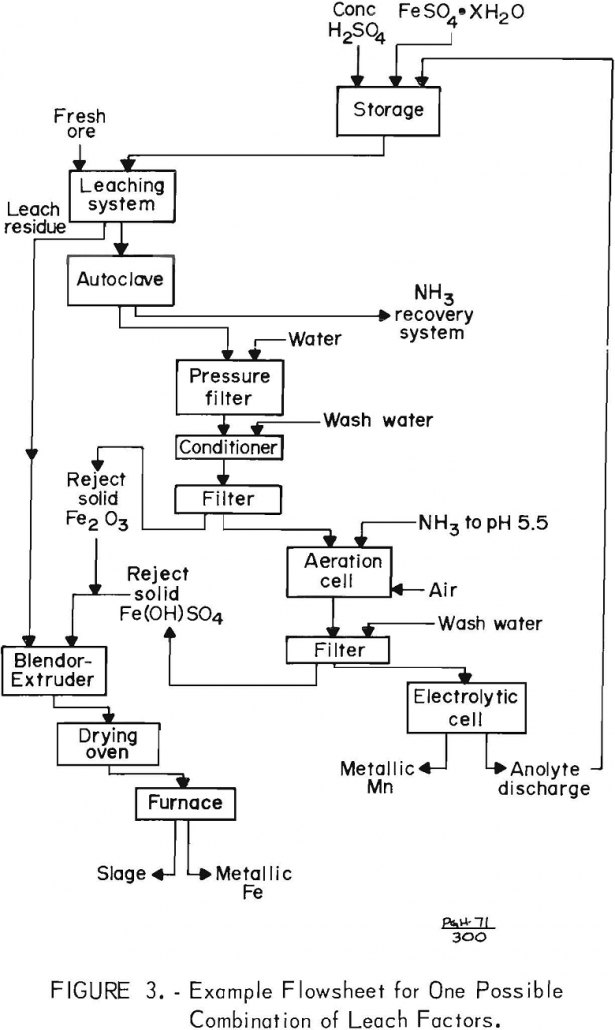
Demand for manganese continues to grow, but essentially all manganese used in the United States is imported. Although large deposits of low-grade manganese minerals are located in this country, domestic manganese producers have been unable to compete with the foreign ore except when subsidized by the Government. Desiring a degree of independence, both Government and […]
Electrically Leach Molybdenum by Oxidation
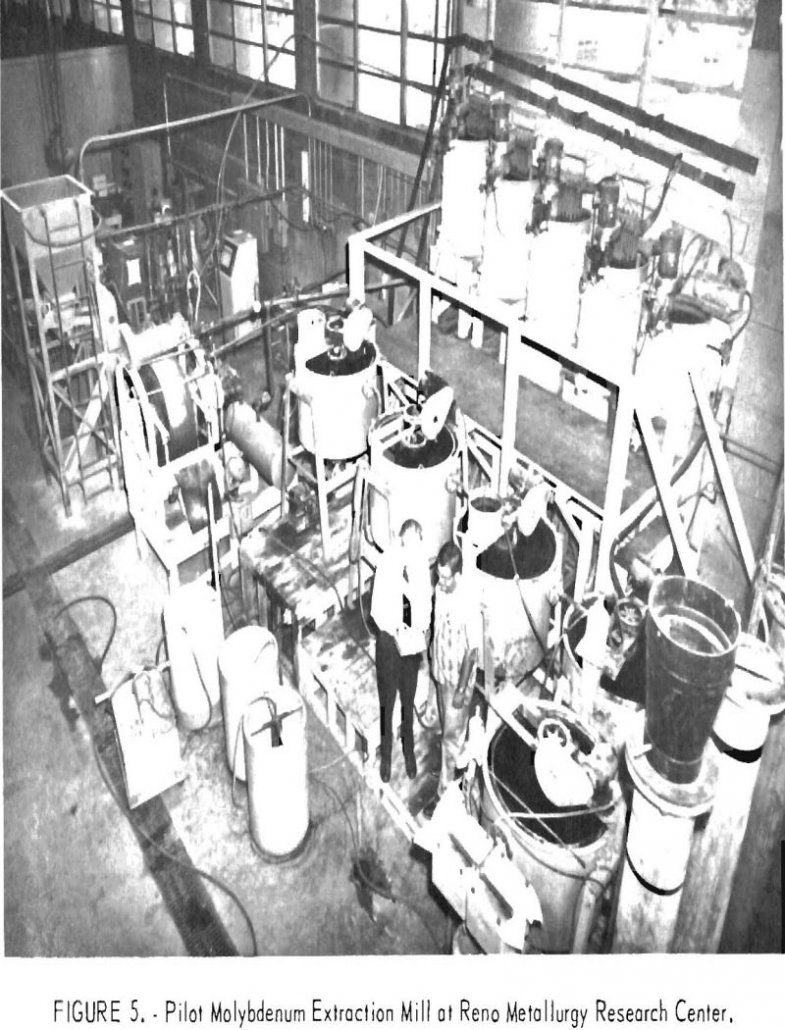
Classic flotation and roasting procedures for recovering molybdenum oxide from molybdenum source materials frequently result in low recovery of molybdenum. This is particularly true in molybdenum flotation from porphyry copper ores where difficulties can he encountered in refloating molybdenite which has been recycled to rougher and cleaner flotation sequences. Because copper-molybdenum separation may be less […]
Extraction Process Sm2O3 Samarium Leaching
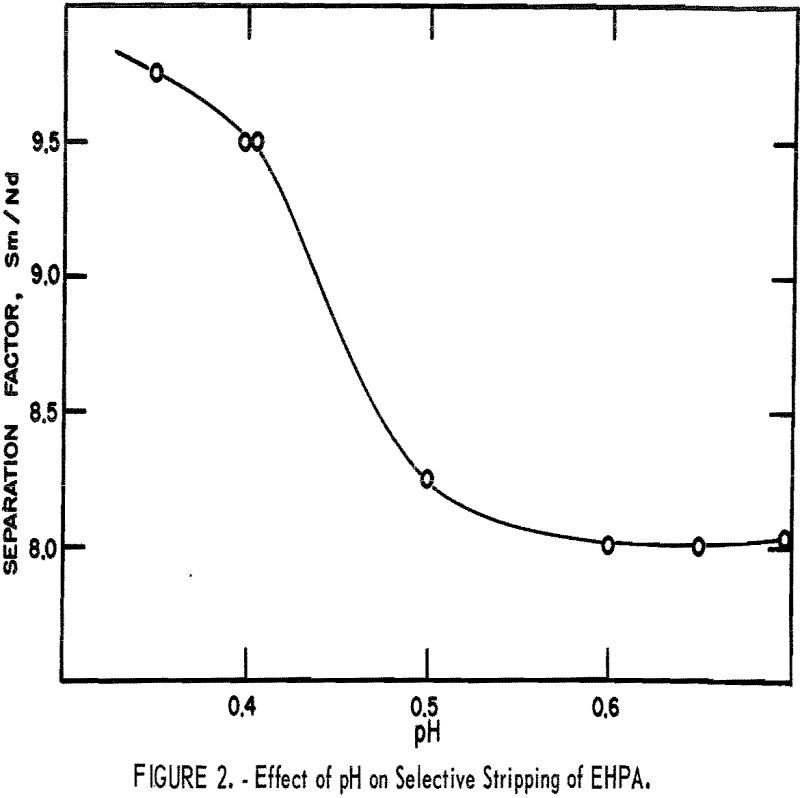
The growth in demand for certain lanthanides has resulted in the development of industrial processes for their separation and purification from source materials. These operations have resulted in the availability of substantial quantities of a byproduct mixture of rare-earth elements that contain mostly samarium and neodymium, and lesser amounts of praseodymium, cerium, and lanthanum. Potential […]
Leach Gold by Sodium Hypochlorite / Chlorine

The extraction of gold from ores that contain carbon and organic compounds has presented a problem to the cyanide mill operator ever since the widespread adoption of this classical dissolution technique in the late 1800’s. The problem was studied in 1924 by Leaver and Woolf. More recently, Hedley and Tabachnick indicated that a general solution […]
How to Extract Silver from Refractory Ores
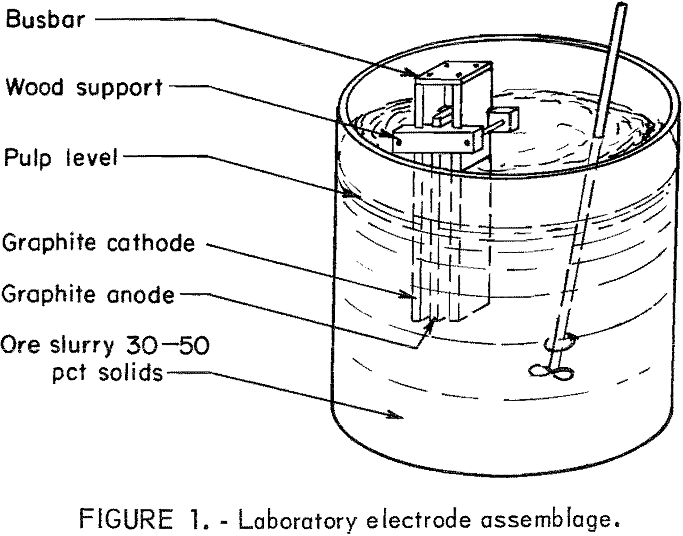
The recovery of silver from ores by hydrometallurgical techniques changed considerably toward the end of the 19th and in the early part of the 20th century. Metallurgical techniques, such as amalgamation, chloride roasting followed by amalgamation, hyposulphite leaching, and the Patio process (amalgamation of silver formed by the reaction of silver minerals with sodium chloride […]
Chalcopyrite Sulfuric Acid Leaching Kinetics
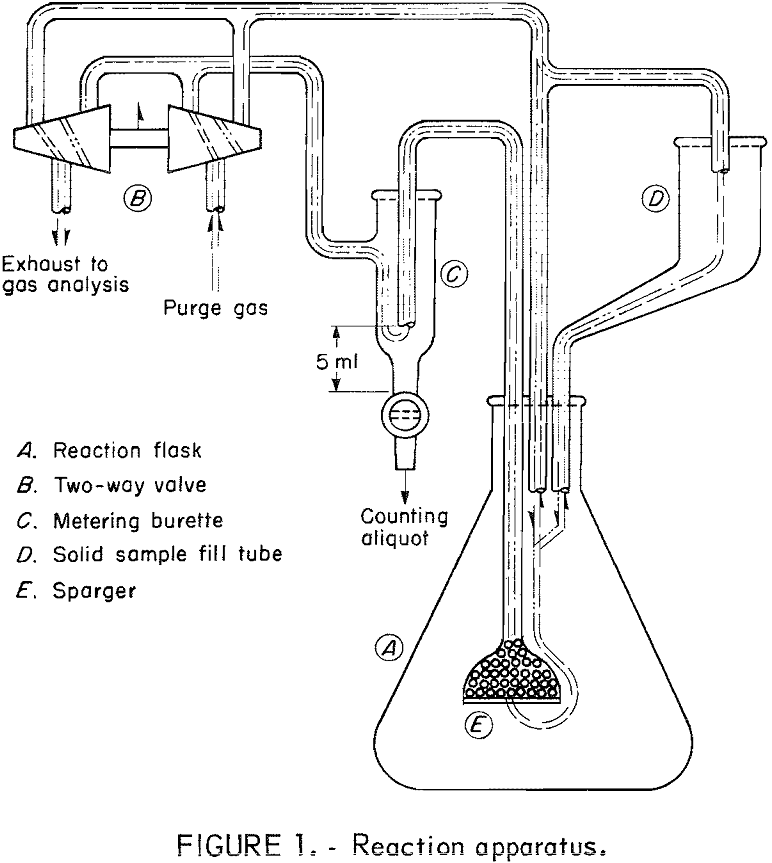
Renewed interest in hydrometallurgical recovery of copper from copper sulfide during the past decade has resulted from demonstrated increased copper production from low-grade copper ores and interest in the development of non-smelting techniques. Of the sulfide minerals of copper, chalcopyrite (CuFeS2) merits special attention because of its relative abundance and because it is generally the […]
